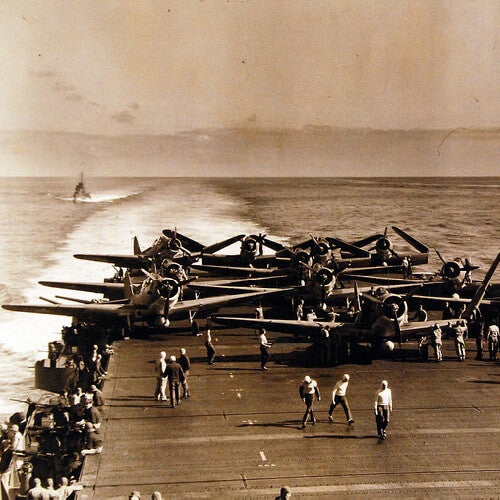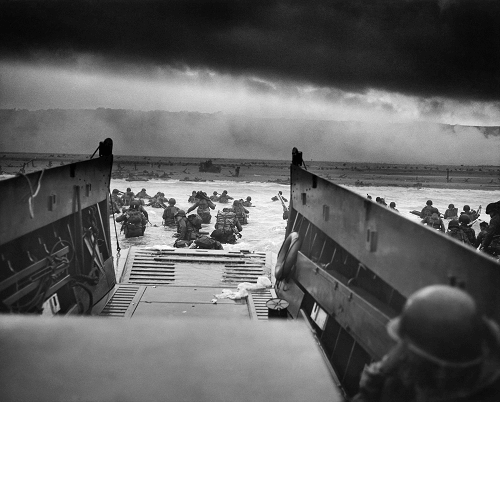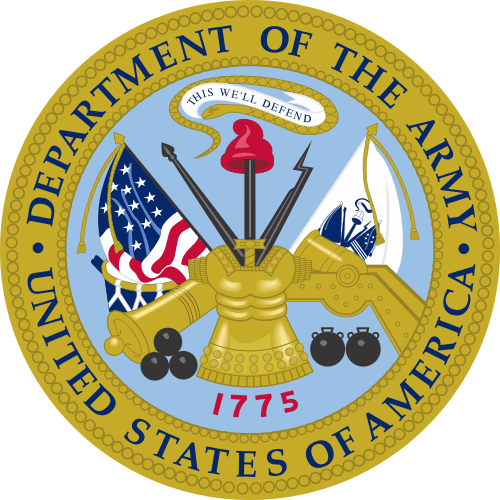
Historical Highlights - June 7th
Photo by US Navy
By the end of June 7th, 1942, the course of the war in the Pacific, and naval combat itself, had been irrevocably changed.
The 7th of June marked the end of a four day clash between a Japanese and American carrier task force. US intelligence had cracked Japanese naval encryption, and learned of a operation to seize Midway in early June 1942. The only 3 carriers in the Pacific Fleet, Yorktown, Hornet, and Enterprise, were sent to lay in wait for the Japanese invasion force.
After a chance sighting of the Japanese fleet by a PBY Catalina recon plane on June 4th , the US carriers quickly launched TBD Devastator torpedo bombers and SBD Dauntless dive bombers to strike at the Japanese carriers. A squadron of Devastators from the Enterprise found the Japanese ships first. Unfortunately, their F4F Wildcat fighter escort had run low on fuel, leaving the torpedo planes vulnerable. All the Devastators were lost, but the had distracted the combat air patrol of A6M2 Zero fighters away from high altitude. Then, several full squadrons of dive bombers showed up. The Japanese carriers, in the middle of rearming decks jammed full of aircraft, were perfect targets. The American bombers crew scored crippling hits on 3 carriers: the Soryu, Akagi, and Kaga.
The Japanese struck back soon after, with a force of planes from the carrier Hiryu crippled the Yorktown. But dive bombers from the Enterprise avenged the Yorktown and sunk the Hiryu. Though the Japanese fleet still greatly outnumber the Americans, the loss of virtually their entire carrier force meant that they had no way to strike out at the remaing two American carriers. The Japanese naval forces began to withdraw, harried bu US strike aircraft. On the 7th, a Japanese submarine ended any attempts to salvage the Yorktown with a torpedo attack. Despite this, it was clear that Midway had been a decisive victory for US forces in the Pacific.
The outcome at Midway had been a blow Japanese carrier aviation, with the loss of many of the naval air arm's best pilots and aircrew. Bigger still was the loss of highly trained crew of mechanics, armorers, and flight-deck crew. The sinking four big-deck carriers meant that the Japanese were unable to support offensive naval operations in the Pacific, and so the Japanese would never gain undertake a large-scale offensive action in the Pacific. It marked the turning point for the United States in the Pacific, as the momentum of attack swung to the Americans.
Midway was also a defining moment in naval history; if the Battle of Coral Sea had heralded the end of battleships as the kings of the sea, then Midway confirmed it. Carrier aircraft would be the primary weapon of naval powers going forward/




Leave a comment
This site is protected by hCaptcha and the hCaptcha Privacy Policy and Terms of Service apply.